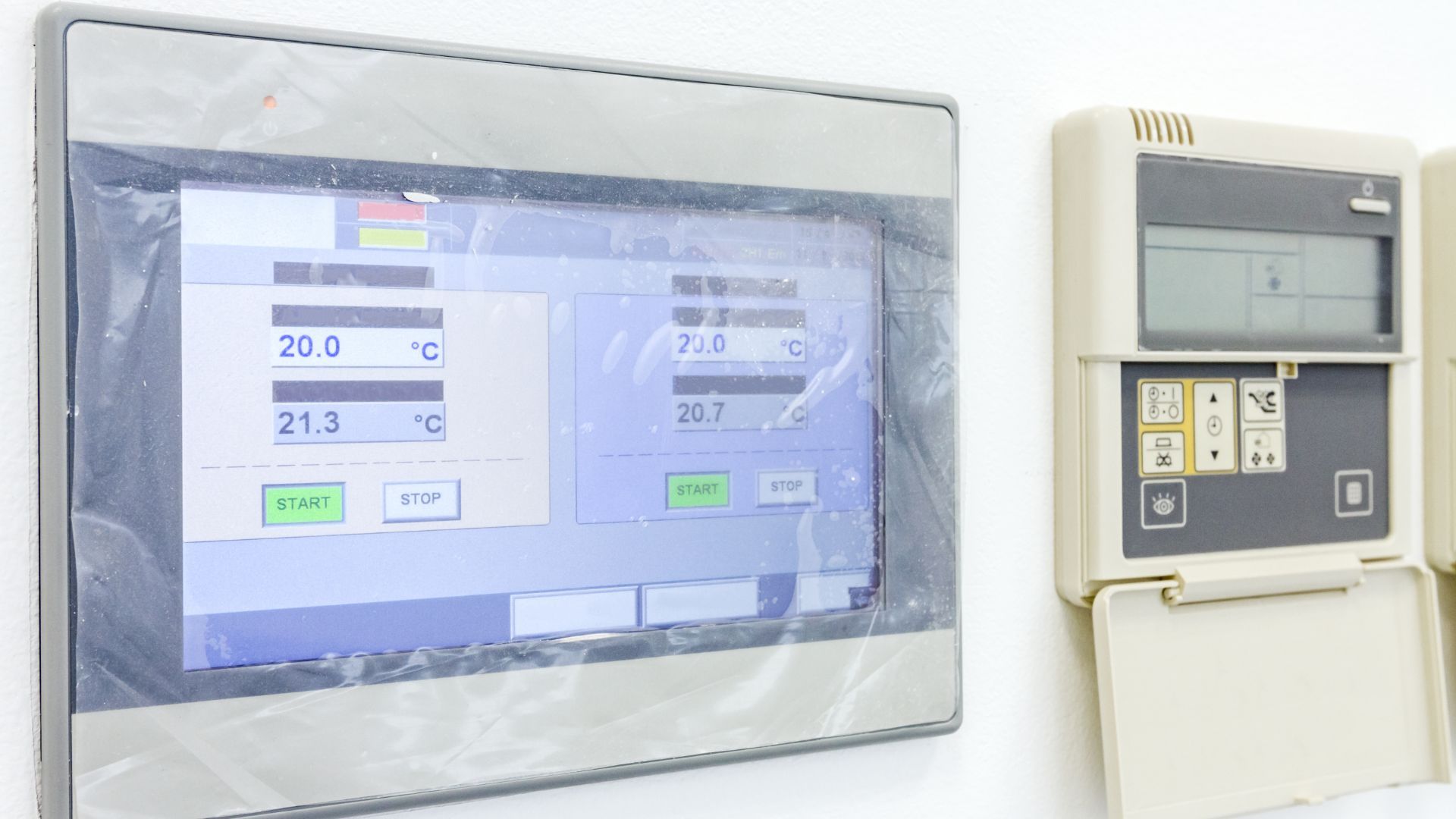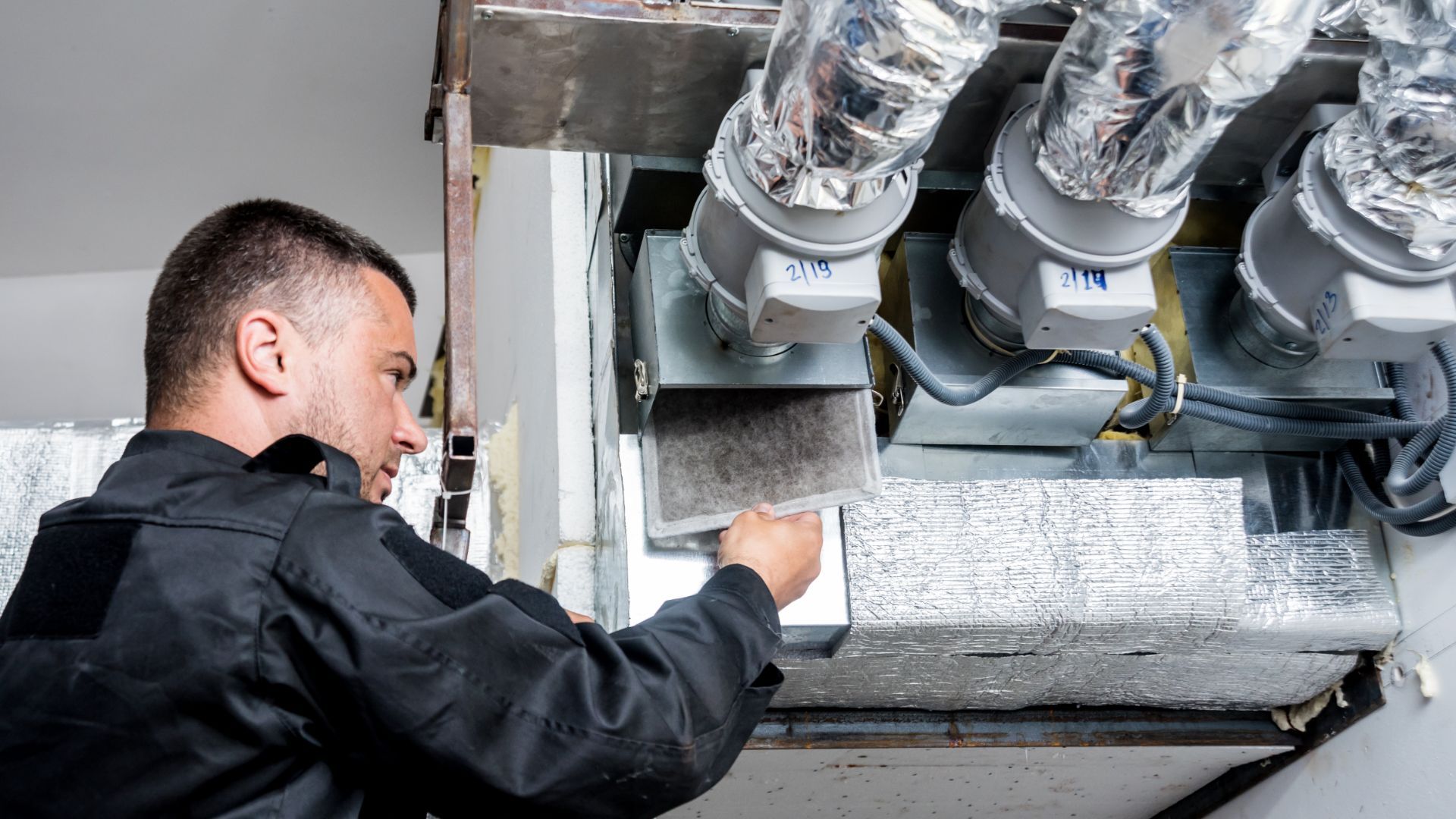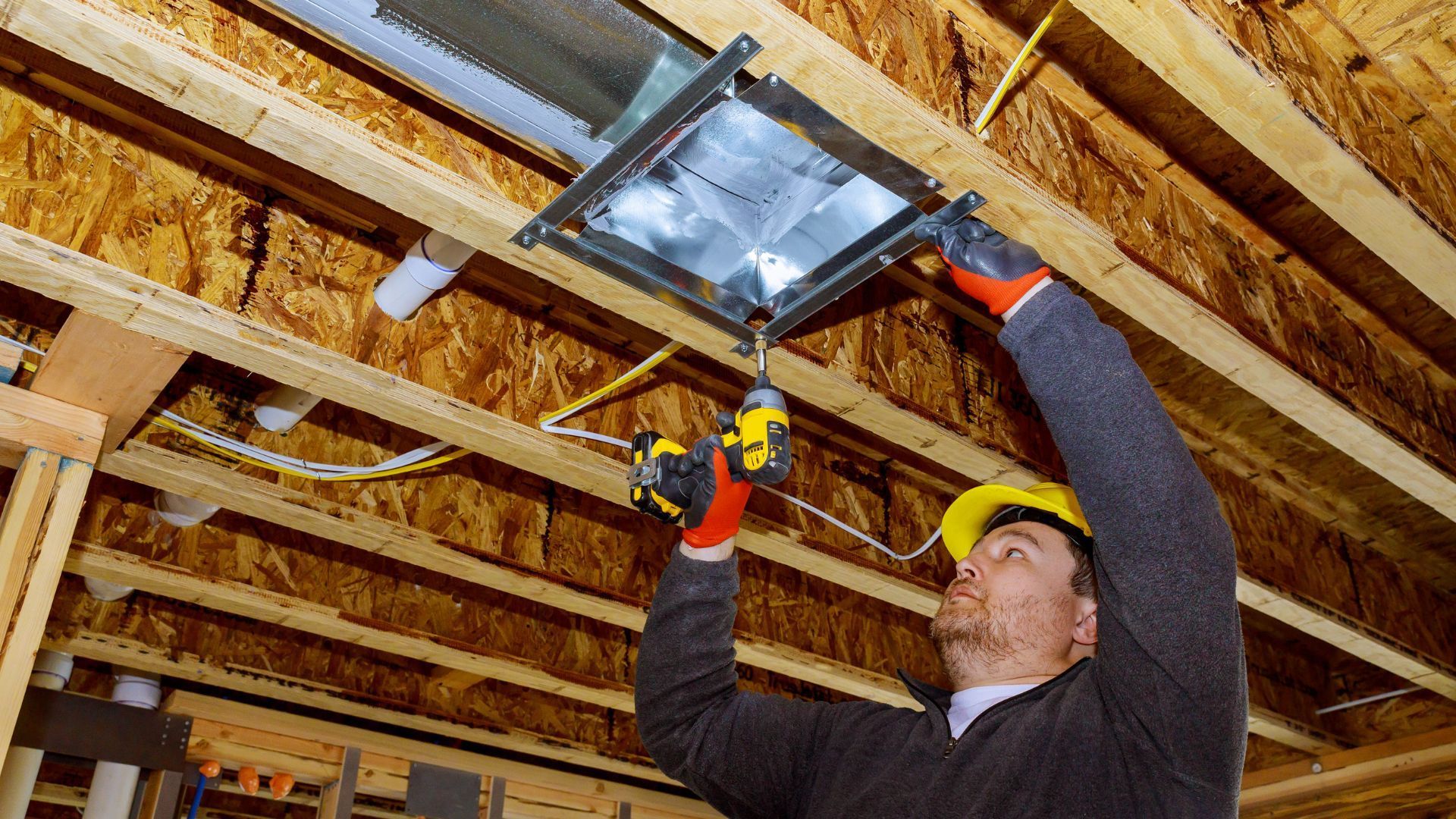Working Hours: Monday - Friday 08:00 AM - 04:30 PM
The Marvels of Modern Comfort: Exploring the Wonders of Electronic Thermostats

In today's fast-paced world, convenience is a key component of modern living. One area where technology has greatly improved our comfort is in the field of temperature control. Traditional thermostats served us well for decades, but with the advent of electronic thermostats, our ability to manage and optimize indoor temperatures has reached new heights.
In this article, we'll delve into the fascinating world of electronic thermostats, exploring their benefits, how they work, installation considerations, and much more.
Understanding Electronic Thermostats
What Is an Electronic Thermostat?
An electronic thermostat, often referred to as a digital thermostat, is a modern device used to control heating, ventilation, and air conditioning (HVAC) systems in homes and commercial buildings. Unlike their older mechanical counterparts, electronic thermostats use advanced technology to provide precise and efficient temperature regulation.
How Do Electronic Thermostats Work?
Electronic thermostats rely on sensors to detect temperature changes in the environment. These sensors send signals to the thermostat's microprocessor, which then activates the HVAC system to heat or cool the space to the desired temperature. This process is not only accurate but also energy-efficient, saving homeowners money on their utility bills.
Benefits of Electronic Thermostats
- Energy Efficiency
One of the primary advantages of electronic thermostats is their energy efficiency. They can be programmed to maintain specific temperature settings at different times of the day, optimizing energy usage and reducing heating and cooling costs.
Precise Temperature Control
Electronic thermostats offer precise temperature control, ensuring that your living space remains comfortable year-round. This accuracy leads to improved comfort and well-being for you and your family.
Remote Access
Many electronic thermostats come with Wi-Fi connectivity, allowing you to control your HVAC system remotely via a smartphone app. This feature is especially useful when you want to adjust the temperature before arriving home.
Installation and Maintenance
Installing an electronic thermostat is typically straightforward, but it's essential to follow the manufacturer's instructions carefully. If you're not comfortable with DIY projects, consider hiring a professional HVAC technician to ensure a seamless installation.
Choosing the Right Electronic Thermostat
- Programmable vs. Smart Thermostats
When selecting an electronic thermostat, you'll have the option to choose between programmable and smart models.
Programmable thermostats allow you to set specific schedules for temperature adjustments.
Smart thermostats, on the other hand, offer more advanced features, such as learning your preferences and adjusting settings accordingly.
FAQs
Q: Are electronic thermostats compatible with all HVAC systems?
Electronic thermostats are compatible with most HVAC systems, but it's essential to check the manufacturer's recommendations to ensure compatibility with your specific system.
Q: Can I install an electronic thermostat myself, or do I need a professional?
While some homeowners can install electronic thermostats themselves, it's advisable to consult the manufacturer's instructions and consider hiring a professional HVAC technician for a hassle-free installation.
Q: Do electronic thermostats save energy and reduce utility bills?
Yes, electronic thermostats are designed to optimize energy usage, resulting in lower heating and cooling costs over time.
Q: What is the lifespan of an electronic thermostat?
Electronic thermostats can last for many years with proper maintenance. However, technology advancements may lead to upgrades before the end of their lifespan.
Q: Are smart thermostats worth the investment?
Smart thermostats offer advanced features and convenience. If you value remote access and automated temperature control, they are often worth the investment.
Conclusion
In the world of HVAC technology, electronic thermostats have revolutionized the way we control indoor temperatures. Their energy efficiency, precise temperature control, and remote access capabilities make them an excellent choice for modern homes.
By understanding how they work and considering the benefits they offer, you can make an informed decision when upgrading your thermostat.
Enjoy the benefits of an electronic thermostat for your home no matter when you’re away. Contact us now and change the way your home temperature works.

INFORMATION
176 Rectory St, London, ON N5Z 2A5, Canada
Follow us on Facebook
BROWSE OUR WEBSITE
EMERGENCY SERVICE









